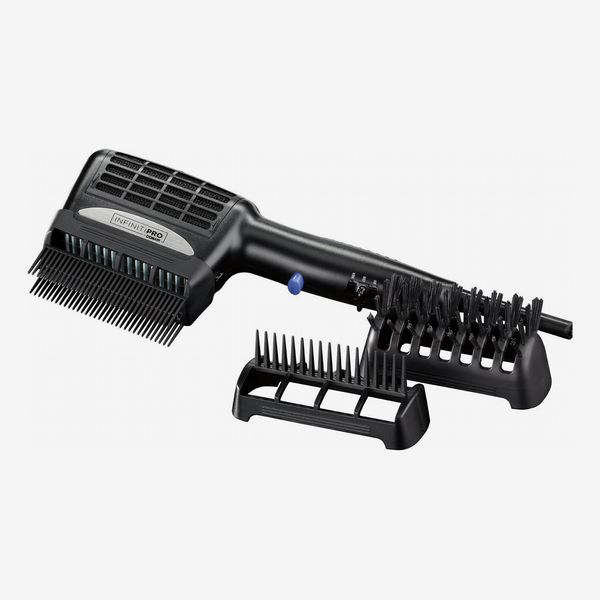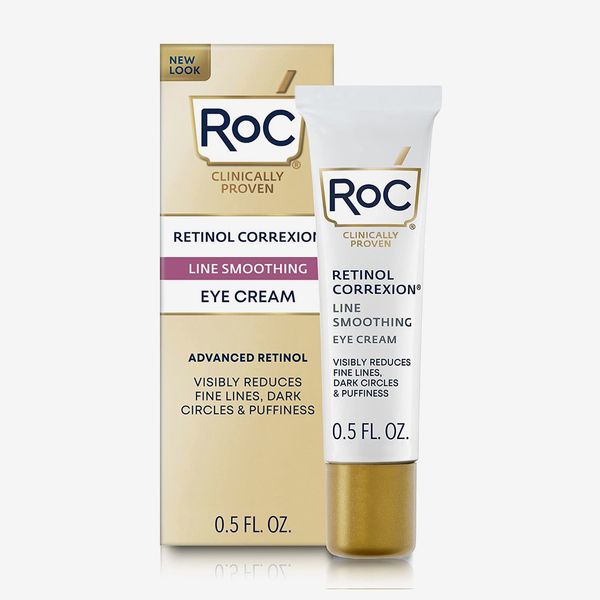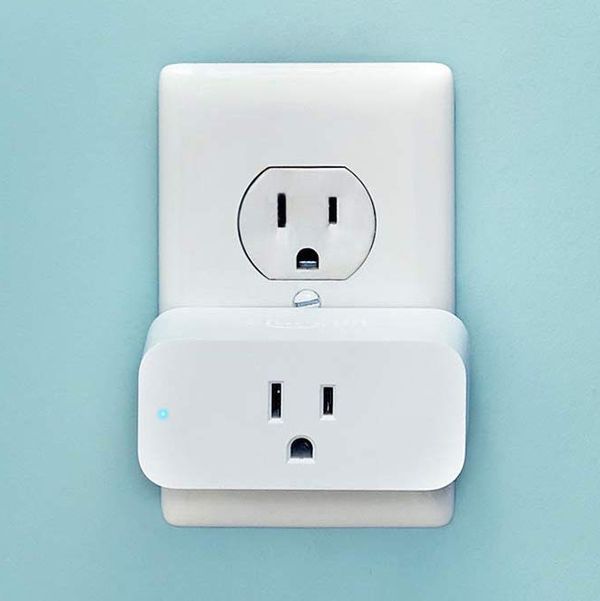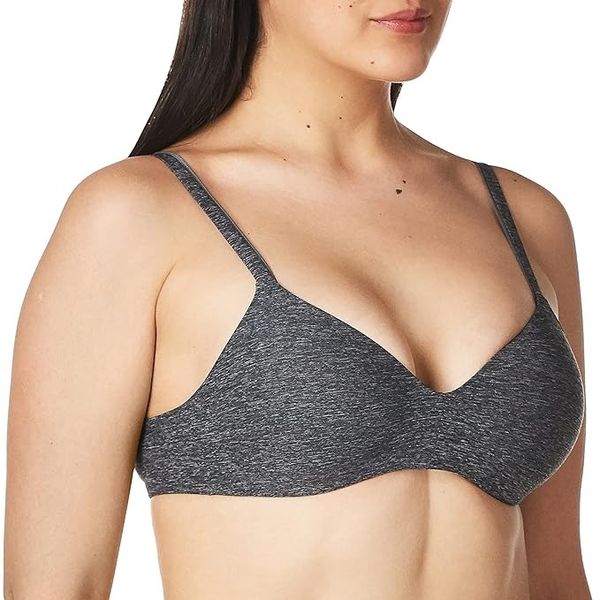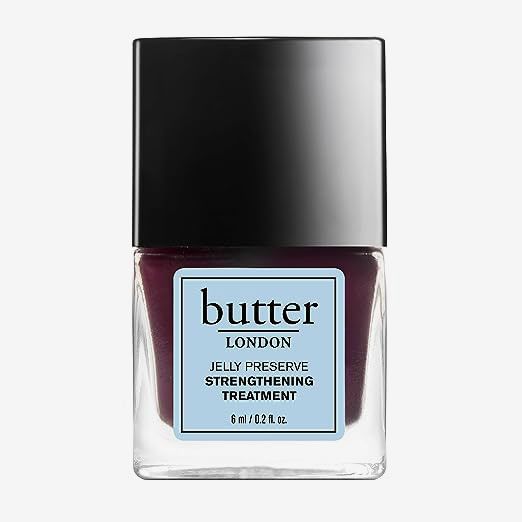You may have never heard of diatoms, but 20 to 30 percent of the Earth’s oxygen is produced by these tiny, single-celled aquatic organisms with shells made of hard silica. When they die, some of their skeletons drift to the muddy floors of rivers, lakes, seas, and oceans, where they fossilize and, over many years, turn into a crumbly, lightweight, and very porous rock called diatomite.
This crumbly rock happens to be the key to the best bath mat I’ve ever owned. Also known as diatomaceous earth or diatom mud, the substance has a ton of applications — it’s used in beer brewing and pool filters, it’s a nontoxic pesticide for gardens, and the food-grade variety can be taken as a vitamin to treat high cholesterol or used as a mildly abrasive tooth cleaner. It’s an ingredient in original-recipe dynamite, and its porosity makes it an ideal material for items you want to stay dry that live in a damp location, like a bathroom.
In general, bath mats are designed to serve two purposes: wicking away water and feeling nice under your feet. Although fitting both criteria sounds simple enough, the kinds of squishy, shaggy materials I associate with the bath mats of my aughts youth hold on to moisture for a long time, which is not ideal if you’re a bathroom mildew-phobe or generally loath to step on an already damp textile. Before I bought a diatomaceous-earth mat, I used a terry-cloth or woven-cotton one that felt great straight out of the wash, but got damp, grimy, pulled out of shape, or matted down after a few uses; it felt like I couldn’t wash them quickly enough to keep them in the kind of shape where I didn’t have to think about them.
A diatomaceous-earth mat avoids the moist pitfalls of the squishy-and-soft mat. It’s a slab of stone, and although it doesn’t feel unpleasant underfoot — it’s similar to stepping on slate or an unglazed tile — it’s not trying to be plush. What it does do extraordinarily well is absorb moisture. Within half an hour of showering in my small, mildew-prone New York City bathroom, it’s as dry as a bone. Watching the stone drink up puddles is like watching a magic trick: As an experiment, I crouched on my bathroom floor with an eight-ounce deli container of water and my iPhone stopwatch to confirm that it takes less than a minute to absorb a wet footprint. In terms of drying time, the diatomaceous mat far outperforms bamboo slatted mats, the other non-squishy style on the market. (Leftover puddles can also warp wooden slatted mats over time, which makes them wobbly.)
This stone has reduced my bath-mat cleaning cycle from a biweekly to a roughly monthly chore. A diatomaceous-earth mat takes much longer to get icky than a textile mat — it usually gets dusty before it shows grime — and when it does get dirty, it’s simple enough to clean. I throw mine in the bathtub and scrub it down with dish soap and a plastic-bristle brush, which seldom takes more than ten minutes, then prop it against the wall to dry. (You can also use a mild abrasive like baking soda to lift deeper stains.) I bought mine for about $20 four years ago, and after a healthy scrub, it still looks like new—and for a material that can be millions of years old, that’s pretty good.
The Strategist is designed to surface the most useful, expert recommendations for things to buy across the vast e-commerce landscape. Some of our latest conquests include the best acne treatments, rolling luggage, pillows for side sleepers, natural anxiety remedies, and bath towels. We update links when possible, but note that deals can expire and all prices are subject to change.
